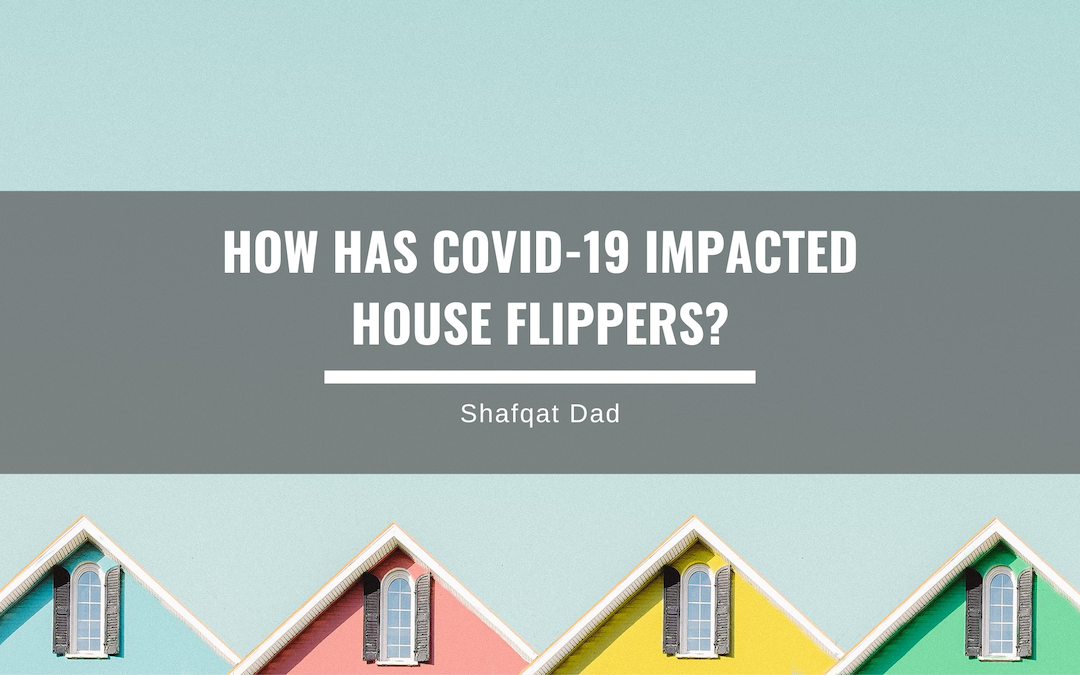House flipping is a means of income whereby an asset is purchased, such as a home or apartment. Improvements are then made on the property in order to generate a profit upon resale. When flipping houses, there is a rule of thumb when it comes to getting a sufficient Return on Investment (ROI). The whole flipping process must be worth your time, money, and effort. Normally, the 70% rule is the metric used by industry professionals, and it states that the maximum amount to pay for an initial fix-and-flip property should be no higher than 70% of the price you determine for resale, also known as the After Repair Value (ARV). This is the point at which you stand to make a profit. Obviously, paying less than 70% is preferable, but this is a maximum cutoff point.
The Covid-19 pandemic has impacted nearly every industry across the globe, The world of real estate is no exception. While forecasters were unsure at the beginning of the first quarter of 2020, it has now become quite clear that we are in what’s known as a seller’s market. By definition, this means that the current demand for homes outweighs the available supply.
Many sellers took their property off the market during the first few months of quarantine so their listing wouldn’t appear stale once buying resumed. In addition, people ceased all plans for relocating once lockdown was initiated. In addition to not wanting to move, there was also a general lack of interest in having potentially infected strangers coming into their homes. The pulling of listings led to a lack of competition on the market, which subsequently drove up the price on real estate. This also raises the initial cost of fix-and-flip units.
The increase in demand is also attributed to the virus. People have now adapted to a remote-based work environment, which means the home is essentially now the office. It is also the gym, the cinema, and the place you eat most of your meals. Because of this, people are now reconsidering the high cost of living that comes with an urban environment, in addition to the dimming of the bright lights and big city vibes that used to be the main attraction. There is an increasing interest in finding safer, suburban living, which has driven up the demand. This, combined with low supply levels, not only drives up the prices of available property on the market, but it also makes it difficult to maintain a steady income in the world of house flipping.

